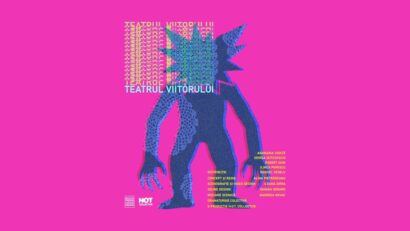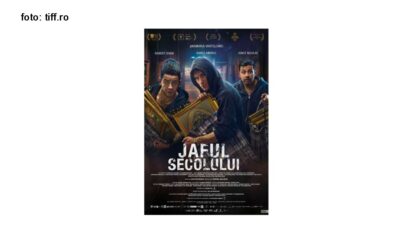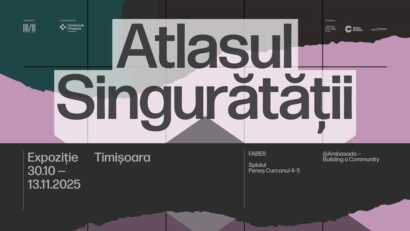Dossier – the New Romanian stage in the Italian press
A generous dossier focusing on Romanias and Republic of Moldovas theater stages has been included in the most recent issue of the Italian quarterly magazine‘Hystrio.

Luana Pleşea, 15.07.2017, 13:54
A generous dossier focusing on Romania’s and Republic of Moldova’s theater stages has been included in the most recent issue of the Italian quarterly magazine‘Hystrio’, at the initiative of Irina Wolf, a freelance journalist and a Vienna resident since 1988. For quite a few years now, Irina Wolf has been constantly promoting Romanian theater abroad.
Irina Wolf has told us that the 30-page dossier issued in Italian covers a number of topics. Speaking about that, here is Irina Wolf herself : ”There is of course, an introductory article on the world of theater in general, about how it is structured, how it works, how many theaters there are, how it saw its progress throughout the years. There is an article on stage directors, another one focusing on contemporary playwriting, we also cover the independent stage, as well as theater in Hungarian. Festivals and theater schools are also presented, as well as contemporary dance, set designers, but also the cooperation between Romania and France. We have an interview with the current Romanian Theaters’ Union President Ion Caramitru, another one with Constantin Chiriac, the president of the Sibiu International Theater festival, as well as interviews with prominent personalities of today’s theater in Romania.”
“About Romanian theater as a whole nothing has been written in the international press for a very long time”, according to the president of AICT.Ro, the Romanian Section of the International Theater Critics’ Association, Oltita Cantec: ”What I have achieved jointly with my colleagues on the ‘Hystrio’ editorial board is something very important for the visibility of Romanian theater outside the country’s borders. We went at all lengths to compile as comprehensive as possible a portrait, capable of offering someone who barely knows anything about Romanian theater a picture as close to reality as possible, while also trying to show that there are many interesting things happening in Romanian theater. Romanian theater has its specificities stemming from the reality of the fact that in the almost three decades that have passed since the historic moment of 1989, it has had to face the post-communist era. There are still very many problems left to manage. I should like to emphasize that the dossier is also rich in imagery, but images mean a lot when you speak about an artist or about a certain stage performance. And also, there are several bibliographical guidelines about works that are also written in an internationally-spoken language.”
The New Romanian Stage dossier opens with an interview given by playwright Matei Visniec to critic Daniela Silindean, not as a writer, but rather as a versed spectator, who knows very well Romanian theater before and after 1989. Here is Daniela Silindean : “I discovered with joy that for Matei Visniec Romania turned into a theater after 1989, and that this historical experience turned into what he calls a form of normality, the beginnings of true democracy. I was also happy to discover some of the advantages that Romanian theater has, as seen by playwright Matei Visniec. For instance, one of the key sentences of the interview is the one in which he says, speaking of Romanian directors, that it is impossible to make a list of good and very good directors, because Romania could export genius directors. More than that, if he were to pick a very specific term for Romanian theater post-1989, it would be visceral, without a positive or negative charge. He is talking about a way of experiencing theater, less with the brain, and more with the stomach, the heart, lungs and even gall bladder, appealing to the audience’s innermost emotions.”
‘Hystrio’ is a theater and stage arts magazine founded in 1988 by the famous theater critic Ugo Ronfani. It is destined for artists, theater people in general, but also the public at large. Here is Oltita Cantec: “The regular reader can find out lots of details about a theater that is still on a quest to find itself, a theater that continues to be centered on the director, about a theater in which state theaters, as a very well developed and very strong structure, has a special relationship with the artists in the independent area, a theater which, from a legal point of view, still has a lot to settle, such as the status of independent artists, some legislative clarifications in the management law, financial functioning and evaluation of theater institutions.”






























